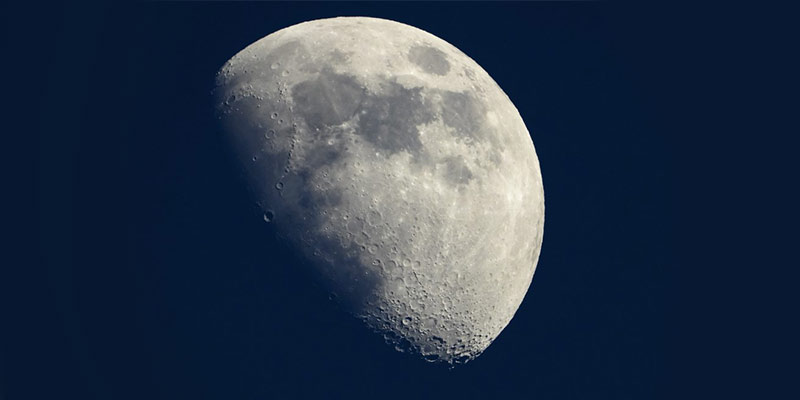- India
- Mar 08
Chandrayaan-2 orbiter sheds new light on how plasma behaves in lunar environment
• ISRO said that the new study has revealed surprisingly high electron densities in the lunar environment, hinting at the potential role of lunar crustal magnetic fields in shaping plasma dynamics.
• Scientists from Space Physics Laboratory, Vikram Sarabhai Space Centre (SPL-VSSC), analysing radio signals from India’s Chandrayaan-2 (CH-2) orbiter have revealed that the Moon’s ionosphere exhibits unexpectedly high electron densities when it enters the Earth's geomagnetic tail.
• This finding sheds new light on how plasma behaves in the lunar environment and suggests a stronger influence of the Moon’s remnant magnetic fields than previously thought.
• The Chandrayaan-2 mission was India’s first attempt to land on the lunar surface. It was launched on July 22, 2019. However, the lander Vikram hard-landed on September 7, 2019.
• The Indian Space Research Organisation (ISRO) had then said the mission achieved 98 per cent success as the orbiter continues to share data with the ground station.
How was the study conducted?
• The scientists have used an innovative method to study the plasma distribution around the Moon. In this method they conducted experiments using the S-band Telemetry and Telecommand (TTC) radio signals in a two-way radio occultation experiment, tracking CH-2's radio transmissions through the Moon’s plasma layer.
• These signals were received at the Indian Deep Space Network (IDSN), Byalalu on the outskirts of Bengaluru.
• The results revealed a surprisingly high electron density of approximately 23,000 electrons per cubic centimetre in the lunar environment, comparable to densities observed in the Moon's wake region (previously discovered by the same team) and nearly 100 times higher than those on the sunlit side of the Moon.
Significance of this finding
• The Moon passes through Earth’s extended magnetic field, or ‘geotail’, for nearly four days in each orbit.
• During this period, the Moon is shielded from direct solar wind, and was thought to have lower plasma densities due to free diffusion along Earth’s magnetic field lines.
• However, the Chandrayaan-2 observations challenge this assumption. Scientists have proposed that the presence of remnant lunar crustal magnetic fields could be trapping plasma, preventing its diffusion, and leading to localised enhancements in electron density.
• To confirm this, scientists used in-house Three-Dimensional Lunar Ionospheric Model (3D-LIM) developed at SPL-VSSC, which simulated plasma dynamics under different conditions.
• High plasma densities can influence radio communications, surface charging effects, and interactions with lunar dust, all of which are important for the upcoming robotic and crewed missions near the lunar orbital magnetic field region.
• Understanding how the lunar ionosphere behaves in different space environments will also improve planning for lunar habitats, particularly in regions influenced by crustal magnetic fields.
• The study marks a significant step in unravelling the complex plasma environment around the Moon and highlights the continued impact of Chandrayaan-2’s science mission in advancing lunar research.
• As more nations gear up for Moon exploration, findings like these will play a crucial role in shaping the future of lunar science and technology.
Manorama Yearbook app is now available on Google Play Store and iOS App Store

